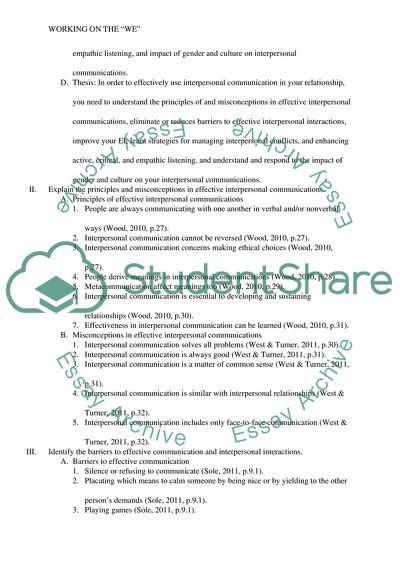Cite this document
(Outline for Letter of Advice Assignment Example | Topics and Well Written Essays - 2000 words, n.d.)
Outline for Letter of Advice Assignment Example | Topics and Well Written Essays - 2000 words. Retrieved from https://studentshare.org/social-science/1830255-final-paper-letter-of-advice
Outline for Letter of Advice Assignment Example | Topics and Well Written Essays - 2000 words. Retrieved from https://studentshare.org/social-science/1830255-final-paper-letter-of-advice
(Outline for Letter of Advice Assignment Example | Topics and Well Written Essays - 2000 Words)
Outline for Letter of Advice Assignment Example | Topics and Well Written Essays - 2000 Words. https://studentshare.org/social-science/1830255-final-paper-letter-of-advice.
Outline for Letter of Advice Assignment Example | Topics and Well Written Essays - 2000 Words. https://studentshare.org/social-science/1830255-final-paper-letter-of-advice.
“Outline for Letter of Advice Assignment Example | Topics and Well Written Essays - 2000 Words”, n.d. https://studentshare.org/social-science/1830255-final-paper-letter-of-advice.


